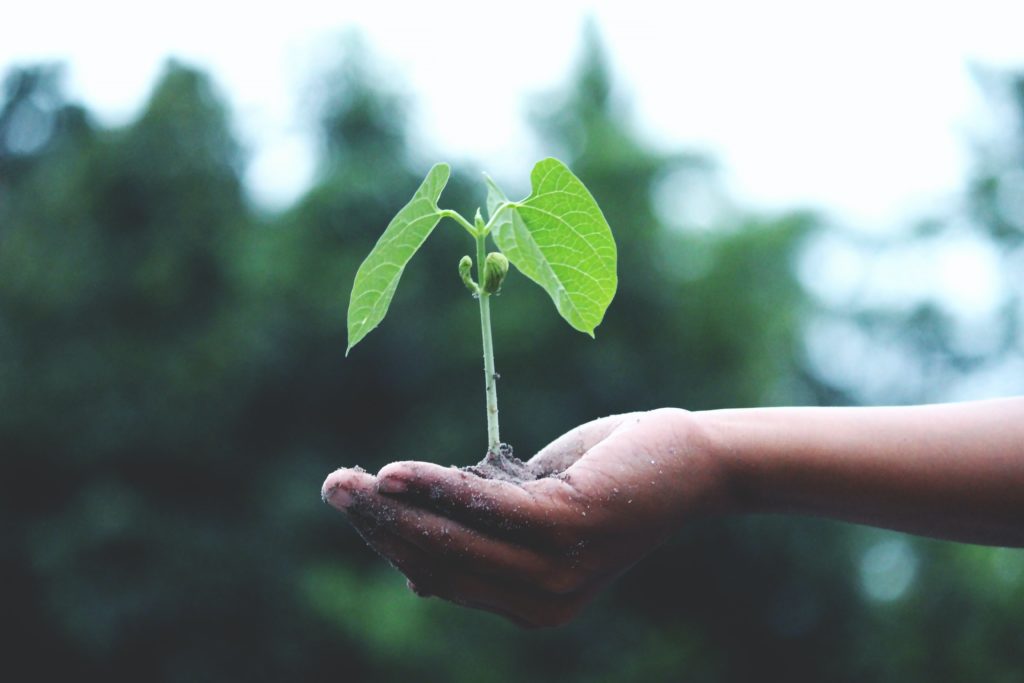Communicated Content – Photoperiod marijuana varieties differ from auto-flowering ones in that they are only able to enter the flowering phase when the daylight hours are shortened. This feature is explained by the natural order of things in nature. For marijuana, this means a quick death, which means that it must have time to leave offspring in the form of seeds that will sprout next year. For photoperiod cannabis to produce a bountiful and high-quality crop, it must receive sufficient light at all stages of development. To do this, the grower must set the most favorable light regime. It is about him that will be discussed further.
The Light Regime of Photoperiod Cannabis Varieties During the Growing Season
Experienced growers distinguish two main modes:
- 18/6. 18 hours of light and 6 hours of darkness is the standard light regime that is used not only in cannabis but also in the cultivation of crops and flowers. With a steady 18 hours of light a day, cannabis will be able to realize its full growth potential, growing into a lush and branchy shrub that will produce a bountiful cannabis crop. Its development will be limited only by genetics and pot size. You check out the best photoperiod seeds for sale to find the ones that meet your requirements. Also, a photoperiod variety of marijuana will be enough for 6 hours of a night’s rest. It will fully restore his strength and strengthen his immune system.
- 20/4 or 24/0. These two light modes are used less frequently. Some growers claim that more light throughout the day has a positive effect on the development of marijuana bushes. For some photoperiod cannabis varieties, these two light regimens will work well during the vegetative stage. Their bushes can grow more lush and branchy. It all depends on the genetics of the plant. If there is a good grow report for the variety you have chosen, in which it is clear that the plant manifests itself positively in one of these light conditions, then you can try it.
The Light Regime of Photoperiod Varieties During Flowering
At this stage, you can also use one of two modes:
- 12/12. With this light mode, everything is extremely clear. It is simply necessary for the plant to move into the flowering phase. This may take several days or a week. It should be maintained until the very harvest. At this stage of development, photoperiod cannabis varieties need a more red light spectrum. It stimulates the production of chlorophyll A, which is necessary for the formation of inflorescences and a strong root system.
- 14/10. Many photoperiod cannabis varieties are known to flower even longer than 12 hours a day. Scientists have found that the maximum allowable daylight hours is 14 hours. If the grower is in no hurry to harvest, then you can set the light schedule to 14/10 and wait. If hemp does not begin to bloom in a week, then the length of daylight hours will have to be reduced by 20-30 minutes.
Advantages and Disadvantages of Photoperiod Varieties
The very first advantage of photoperiod cannabis that growers consider is that they can control the entire cultivation. This not only protects against unpredictable problems but also helps to achieve maximum results. Particularly ambitious growers use special crown formation techniques during the vegetative period of development. They help to achieve a certain shape and height of the plant, as well as increase productivity several times. It is noteworthy that such techniques cannot be applied to auto-flowering varieties, so photoperiod plants win here.
Photoperiod cannabis seeds existed from the beginning, while auto-flowering appeared much later. That is why there are many more photoperiod varieties. Among the wide range and the choice can be made absolutely for any tastes of the grower.
These plants have great production potential. They give a lot of inflorescences because the bushes grow large. Also, you can optionally increase the predicted result several times with the help of folds and undercuts. In addition to all this, the grower can save on the further purchase of seeds, because such varieties can be cloned.
Among the disadvantages, it is worth noting the increased level of complexity of cultivation. This type of seed is not suitable for a beginner grower who does not know the nuances of growing. Also, it takes much more time for the plants to develop, so the harvest does not come soon. The main difficulty is that indoor gardeners are responsible for the transfer to flowering.
Photoperiod plants require certain skills and knowledge. You need to constantly learn and make sure that the plants do not get out of control. Because these varieties tend to develop massive colas, mold can occur. To prevent this, you need to constantly maintain optimal humidity during flowering and drying.
There is an opinion that only experienced growers can grow photoperiod cannabis, because, unlike auto-flowering varieties of marijuana, photoperiod seeds need a special regime of light time. This obliges the grower to provide the necessary light regime for the plant at each stage of its life cycle. Although, the situation is not so difficult if you understand the features of physiological changes in the plant during each of the periods of its life.








